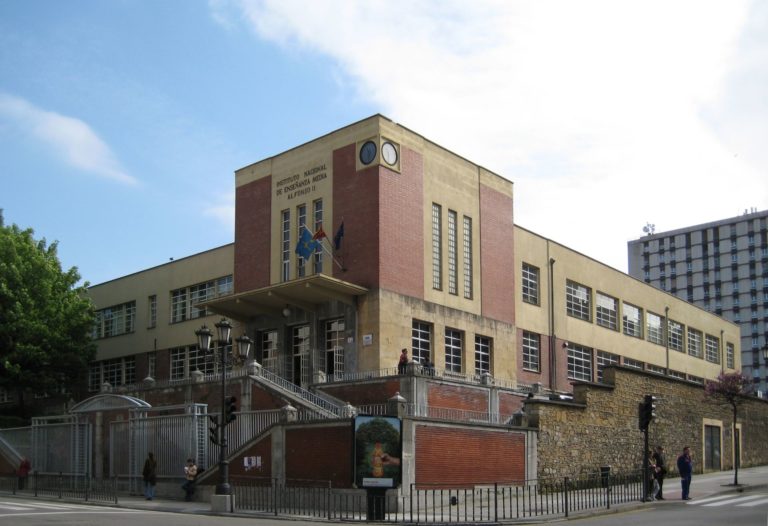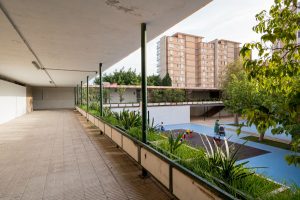Abstract
This investigation is based on a study of the recently emerging problems in certain Mediterranean cities due to the widening gap between their physical and historical context and their natural boundaries. The first approach has arisen with the transformation of the city’s dimensional scale throughout the 20th century, giving rise to new urban models. The second approach is based on the city’s morphological alterations which are reflected in the visible changes in the images and identities. The morphological study of the contemporary Mediterranean city has thus given rise to various questions, namely does a Mediterranean city systematically transform in less than one century? In the last decades, the ancient city of Jaffa possessed all the characteristics of a Middle Eastern Mediterranean city (port, direct contact with the sea, different types of markets, socio-cultural diversity, intermediate scale, etc.) but recently due to different religious, political and economic developments, the region underwent significant changes that entailed a turnaround in the way to perceive, plan and inhabit the city. Therefore, there is a substantial spatial difference between the East and the West. particularly in the urban planning of the new city (Tel Aviv). From then on, the most ancient part of Jaffa began coexisting with the more modern 20th century city, the Garden City of Tel Aviv. How did such a boundary between two visibly antagonistic cities form? Did the destruction of a large part of Jaffa entail this paradigm shift? Can a Mediterranean city become a global city? Is the image of a city a direct reflection of its socio-cultural identity? This study is divided according to three historical periods that directly reflect the city’s typologies that emerged in the last century. The first part of this thesis analyzes the last period of the Mediterranean city at the fall of the Ottoman Empire in 1917, describing the socio-cultural context in the region, in which we will examine the type of human scale in Mediterranean public spaces, the socio-cultural diversity between its different neighborhoods, as well as the direct relationship between the city and the sea following the destruction of the fortified wall of ancient Jaffa. The second part of the research describes the city’s typology at the creation of the new urban plan of the Garden City (Geddes Plan) in the 1920s under the British Mandate of Palestine, which attempts to compare the disciplinary content of contemporary city plans in the 20th century -Brasilia, Chandigarh and Canberra- in relation to Tel Aviv. Finally, the third section examines the current typology of the city, with its Mediterranean-Garden past, through an urban project analysis describing the type of urban model that has seemingly consolidated in the 21 st century the “Linear City”, with transportation infrastructures as the predominating element, more solidly established by the 1960s due to the political alliance with the United States, and following which its reflection of widespread globalization consolidated in the 1980s.
Access the thesis











